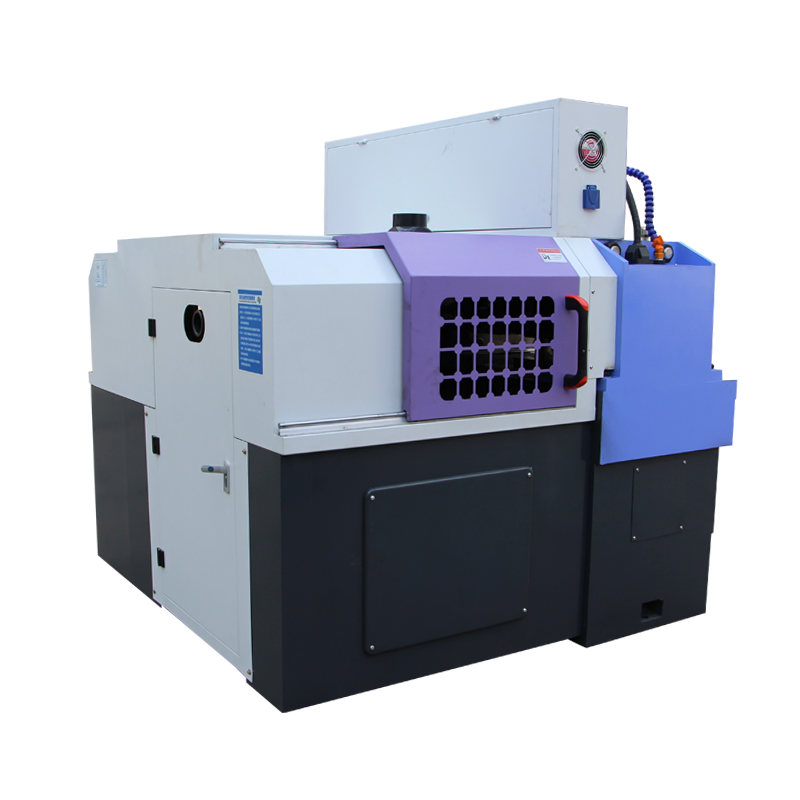
-
 Afrikaans
Afrikaans -
 Albanian
Albanian -
 Amharic
Amharic -
 Arabic
Arabic -
 Armenian
Armenian -
 Azerbaijani
Azerbaijani -
 Basque
Basque -
 Belarusian
Belarusian -
 Bengali
Bengali -
 Bosnian
Bosnian -
 Bulgarian
Bulgarian -
 Catalan
Catalan -
 Cebuano
Cebuano -
 Corsican
Corsican -
 Croatian
Croatian -
 Czech
Czech -
 Danish
Danish -
 Dutch
Dutch -
 English
English -
 Esperanto
Esperanto -
 Estonian
Estonian -
 Finnish
Finnish -
 French
French -
 Frisian
Frisian -
 Galician
Galician -
 Georgian
Georgian -
 German
German -
 Greek
Greek -
 Gujarati
Gujarati -
 Haitian Creole
Haitian Creole -
 hausa
hausa -
 hawaiian
hawaiian -
 Hebrew
Hebrew -
 Hindi
Hindi -
 Miao
Miao -
 Hungarian
Hungarian -
 Icelandic
Icelandic -
 igbo
igbo -
 Indonesian
Indonesian -
 irish
irish -
 Italian
Italian -
 Japanese
Japanese -
 Javanese
Javanese -
 Kannada
Kannada -
 kazakh
kazakh -
 Khmer
Khmer -
 Rwandese
Rwandese -
 Korean
Korean -
 Kurdish
Kurdish -
 Kyrgyz
Kyrgyz -
 Lao
Lao -
 Latin
Latin -
 Latvian
Latvian -
 Lithuanian
Lithuanian -
 Luxembourgish
Luxembourgish -
 Macedonian
Macedonian -
 Malgashi
Malgashi -
 Malay
Malay -
 Malayalam
Malayalam -
 Maltese
Maltese -
 Maori
Maori -
 Marathi
Marathi -
 Mongolian
Mongolian -
 Myanmar
Myanmar -
 Nepali
Nepali -
 Norwegian
Norwegian -
 Norwegian
Norwegian -
 Occitan
Occitan -
 Pashto
Pashto -
 Persian
Persian -
 Polish
Polish -
 Portuguese
Portuguese -
 Punjabi
Punjabi -
 Romanian
Romanian -
 Russian
Russian -
 Samoan
Samoan -
 Scottish Gaelic
Scottish Gaelic -
 Serbian
Serbian -
 Sesotho
Sesotho -
 Shona
Shona -
 Sindhi
Sindhi -
 Sinhala
Sinhala -
 Slovak
Slovak -
 Slovenian
Slovenian -
 Somali
Somali -
 Spanish
Spanish -
 Sundanese
Sundanese -
 Swahili
Swahili -
 Swedish
Swedish -
 Tagalog
Tagalog -
 Tajik
Tajik -
 Tamil
Tamil -
 Tatar
Tatar -
 Telugu
Telugu -
 Thai
Thai -
 Turkish
Turkish -
 Turkmen
Turkmen -
 Ukrainian
Ukrainian -
 Urdu
Urdu -
 Uighur
Uighur -
 Uzbek
Uzbek -
 Vietnamese
Vietnamese -
 Welsh
Welsh -
 Bantu
Bantu -
 Yiddish
Yiddish -
 Yoruba
Yoruba -
 Zulu
Zulu
Innovative Designs and Applications of Flat Die Thread Rolling Machines in Modern Manufacturing Processes
Understanding Thread Rolling Machines with Flat Dies
Thread rolling is a cold forging process used for the production of threaded fasteners. It involves deforming a cylindrical workpiece to form an external thread, and is widely used in manufacturing industries due to its ability to produce high-strength components with precise dimensions. Among various thread rolling methods, the use of flat dies is particularly notable for its efficiency and versatility.
What is Thread Rolling?
Thread rolling is primarily a three-dimensional deformation process that changes the shape of the workpiece without removing material, allowing for a dense and uniform grain structure. This process generally involves two dies—one stationary and one moving—that press against the workpiece as it rotates. The effectiveness of the thread rolling process is enhanced when using flat dies, which can create threads on both cylindrical and non-cylindrical shapes.
Principles of Flat Die Thread Rolling
Flat die thread rolling involves two flat dies positioned parallel to each other. As the workpiece is fed through, the moving die applies pressure, deforming the material to form the desired thread profile. The flat die design allows for large surface contact and enables the manufacturing of threads with excellent dimensional accuracy. The key advantages of using flat dies include enhanced thread uniformity, reduced waste, and improved mechanical properties of the final product.
Advantages of Using Flat Die Thread Rolling Machines
1. Efficiency Flat die machines can produce threads faster than traditional cutting methods. By rolling the material, manufacturers can achieve high production rates, making them ideal for high-volume applications.
2. Material Strength The cold working nature of the thread rolling process enhances the mechanical properties of the threads. The process induces strain hardening, which increases the tensile strength and fatigue life of the threaded component.
thread rolling machine flat die

3. Precision and Consistency Flat die thread rolling machines are capable of producing threads with tight tolerances. The repeatability of the process ensures that each part produced meets strict specifications, thereby minimizing rework and scrap.
4. Cost-Effectiveness Although the initial investment for flat die rolling machines may be higher than other methods, the reduction in material waste and the increased production speed can lead to lower overall costs per unit.
5. Versatility in Thread Profiles Flat die machines can easily be adjusted to accommodate various thread profiles, including different pitches and sizes. This flexibility makes them suitable for assembling a wide range of products, from automotive parts to aerospace components.
Applications of Flat Die Thread Rolling Machines
Flat die thread rolling machines find applications across several industries. In the automotive sector, they are used to produce bolts, nuts, and other threaded fasteners that ensure the mechanical integrity of vehicles. Additionally, in the aerospace industry, manufactured components must meet precise specifications and rigorous safety standards; thus, the reliability offered by rolled threads is crucial.
Moreover, in manufacturing electronics and machinery, where lightweight and high-strength components are necessary, thread rolling with flat dies provides an ideal solution.
Conclusion
In summary, flat die thread rolling machines represent a significant advancement in the manufacturing of threaded fasteners. By leveraging the benefits of cold forging, manufacturers can produce high-quality, consistent, and cost-effective threaded components. As industries continue to demand stronger and more reliable fasteners, the role of thread rolling with flat dies is likely to expand, cementing its place as a vital technology in modern manufacturing processes.
